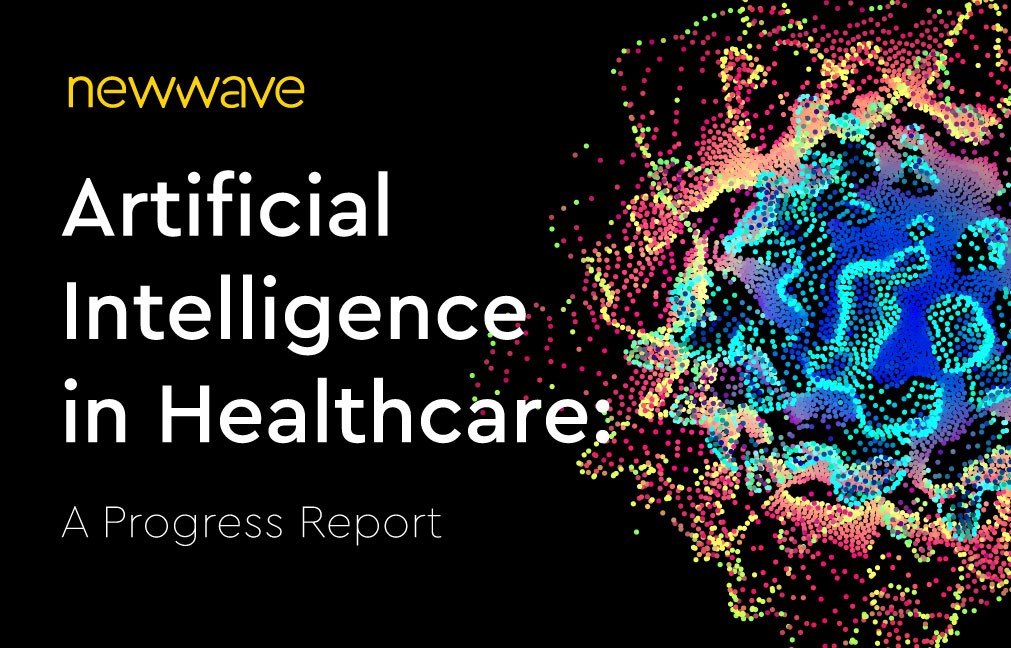Over the past 6 years, I have watched the hype and disillusion around the potential use of artificial intelligence in healthcare. Much of the early hype was driven by IBM Watson and its purported singular capability to help providers and researchers discover new ways to detect and treat disease, especially cancer. The initial promise later became a trail of disillusion when the technology did not initially provide the breakthroughs promised and often was much harder to use than advertised.
However, we now are moving to a new reality in the use of AI driven by multiple factors. Some of this is being driven by the COVID-19 epidemic and a growing demand to understand its current and future impact on the population. Other growth is being driven by the healthcare community, many of whom now have a much better understanding of artificial intelligence, machine learning, and how it can be used in research or operational settings. Some of the evolvement is also the result of tech companies stepping back from their hype and looking realistically at the best use cases for the technology.
Al healthcare applications are beginning to show up more, not only aimed at providers and researchers, but also to help deal with back-end challenges that health plans and others face with areas such as call centers, systems management, security, and payment integrity. There is also an increasing recognition that Al is not a short-term fix, but something whose value will continue to evolve and grow in the coming years.
Last year Eric Topol, a California cardiologist who has written several well-received books on health IT applications, published Deep Medicine, which discusses healthcare and artificial intelligence. His book provides an excellent summary of the history of artificial intelligence in healthcare and the various ways it is beginning to be used to add value, mostly from the provider and researcher perspective. While the book was written before COVID-19, most of his insights remain applicable. I recommend a just published article that Topol co-authored on COVID-19 and digital health technology (for Lancet Digital Health 2020) as a good reference for his most current thinking.[1]
Topol, because of his clinical background and knowledge, can describe in a fair amount of detail how AI will change the world of medicine. In his book, while careful not to oversell the technology, he provides a balanced view that describes how Al can play a key role in improving a providers’ clinical skills and, in some cases, take over some of the functions traditionally performed by clinicians. His discussion on the future of radiology, for example, does a great job of describing the current challenges that radiologists face and where the application of Al will lead to better and more effective diagnosis and treatment.
Topol focuses on what he calls “The Three D’s” where Al can make a major difference: more deeply define an individual’s “medical essence” based on all relevant data; deep learning for a wide variety of applications to provide more diagnostic and other support for the physician, the hospital, the staff, and the patient; finally, deep empathy where he sees AI freeing the physician to better connect with the patient on a more humanistic level.
The challenges that Topol describes and that other recent authors, including Amy Webb in The Big Nine, have echoed, is that artificial intelligence can go in many different directions, some of which can help healthcare, and other ways where Al can create harm either through biased algorithms, privacy intrusions, or introducing new security or safety issues. The issue of privacy is especially relevant with COVID-19 and contact tracing, quarantining, and other areas where AI can be helpful but also more intrusive.
I think that what is still needed for healthcare AI is something that Topol does not discuss: a clearly defined vision for AI’s various roles in healthcare and the governance and ecosystem changes required to help get us there. Achieving this framework not only requires public-private partnerships, but also better cooperation between nation-states, especially the US and China, where the biggest AI investments are occurring. Whether COVID-19 will help or hurt that remains to be seen. While there are tensions at the political level, researchers are working much more closely in many ways.
What we are seeing today is explosion of many different technologies that are also coming together to create massive changes in various sectors of the economy, including healthcare. The impact of COVID-19 will speed up these changes in healthcare much as it already has in retail, the workplace and other areas. The growth of data and the speed in which its generated will continue to outpace the healthcare industry’s ability to take full advantage of what is contained in the data. Especially in public health, we have seen that quickly identifying outbreaks and spread is critical with a pandemic. As the public health agencies and others work to modernize their data infrastructure, AI will be a major part of that effort. Bill Gates has said that the impact of new technologies is overstated in the short-term and understated in the longer-term. If AI follows that pattern it will continue grow its impact on healthcare exponentially in the years to come.
[1] Applications of digital technology in COVID-19 pandemic planning and response- Sera Whitelaw, Mamas A Mamas, Eric Topol, Harriette G C Van Spall. https://www.thelancet.com/action/showPdf?pii=S2589-7500%2820%2930142-4


